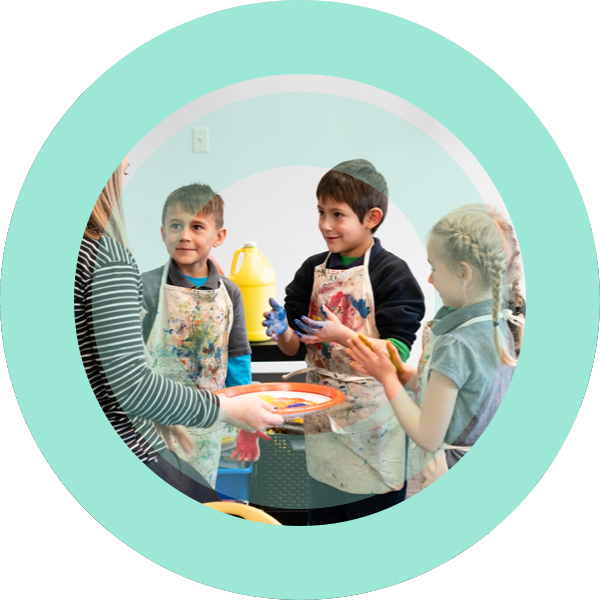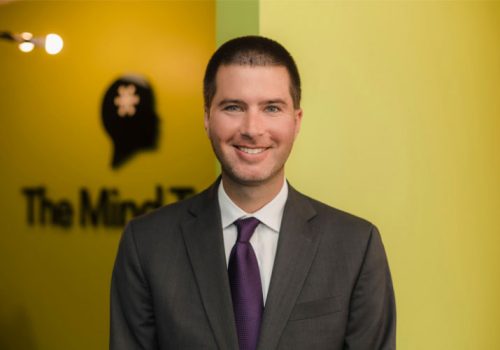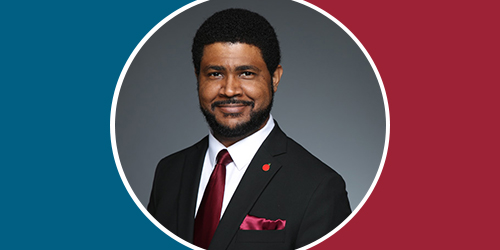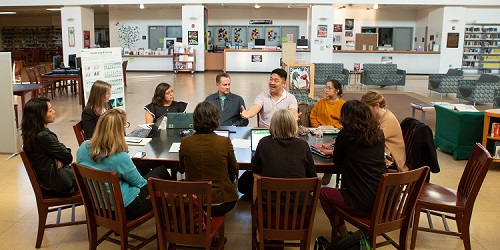It’s Time to Rethink Education
The world is different. Students and communities have continued aspirations and needs that require different and bolder approaches. It’s clear that charter schooling and authorizing need to get more proximate to the aspirations and needs of local communities. Families are ready for change.
National Parent Union survey
“Families should be able to send their child to a good quality school regardless of their zip code or financial situation.”
National Parent Union survey
of all parents agree
of Black parents agree
of all parents agree
of Black parents agree
Source: National Parent Union
#WithCommunities: Stories From the Field
With Communities
We know that each community has tremendous assets. In uplifting all voices, we can reimagine what charter schools can do for students. Together, we have the responsibility to ensure students and families have access to the education opportunities they deserve. You are a critical part of ensuring all schools meet the aspirations and needs of their communities.
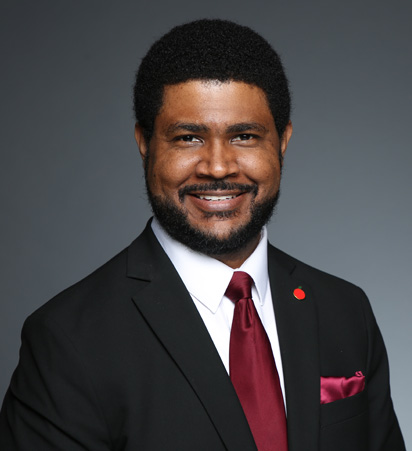
How do we center our work on the hopes and dreams of our communities? Karega Rausch, NACSA’s President & CEO, speaks to the importance of community-centered education at the #NACSAcon 2020 Virtual Leadership Conference.
Great Schools Deliver on Community Aspirations
Great authorizing is embedded in community hopes and needs. Deciding which schools and models to launch, and which ones should continue on, is an incredible opportunity to deliver on communities’ most deeply held dreams for their kids. When communities are the driving force behind school decisions, students win.
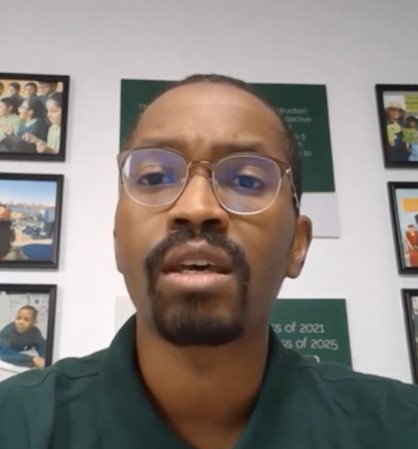
What can community-centered charter schooling look like? Hear examples from Graham Browne, Founder and Executive Director of Forte Preparatory Academy in New York, and other BES (Build, Excel, Sustain) leaders across the country.
What Could Happen When We Center Communities?
As charter schooling and authorizing center on the aspirations and needs of communities, a range of new and different outcomes could emerge – all leading to excellent educational opportunities for students. Here is a beginning set of ideas on what could emerge in communities across the country.
Click the boxes below to explore what this work could look like when we all work together for our kids:
Diverse and Creative Excellence
Every student has unique gifts, passions, and needs. Arranging learning that capitalizes on students’ strengths will result in highly innovative and unique learning arrangements, and a broader array of excellent educational options available to communities. Delivering on these ideas will require new and additional ways of defining excellence in student and public interest outcomes.
Pursuit of Justice
More effective approaches to addressing inequity among communities whose education has been neglected—especially students of color, students with disabilities, English Language Learners, and lower income students—will be prioritized. That includes approaches that eliminate opportunity and achievement gaps, build educational leadership opportunities for those most impacted, strengthen school-community partnerships, and respond to community demand for schools that work for all students.
Community Co-design of Schools
Communities have powerful ideas about the aspirations and needs of its students. Parents, students, teachers, and community organizations will be driving forces in co-creating many new and existing schools, including stronger approaches to curriculum and instruction to more creative and effective student learning experiences.
Expansion of What’s Working
Communities know when educational options are working to meet student needs. These are often the schools producing outstanding results with high demand. Outstanding schools will expand to serve more students.
Neighborhood Priorities
Families want their kids to attend great schools that are easily accessible—not an hour-long bus ride away. Tailored educational options will be created in neighborhoods with the most demand and need.
Maximized Learning & Teaching
Communities are interested in both student achievement and ensuring that schools are operated properly. A smarter approach to compliance and oversight will maximize the time schools spend on teaching and learning, while still ensuring public interests are upheld.
New Partnerships
Every community, including those that have been neglected for decades, has important assets. Within communities are people and organizations that are invested in schooling arrangements that can advance neighborhood interests. Through new and creative partnerships, schools and organizations can work together to deliver on community aspirations.
Public Education Stronger & Fairer for All
Many communities, especially communities of color, lower-income communities, and communities of students with disabilities, do not have access to excellent educational options and are rightly demanding fair and equitable access. Expanding access to excellent schools in communities that need them the most will make public education stronger and fairer for all students.
Why We Need Community-Centered Charter Schooling Now

“To transform and truly reimagine public education, which of course includes charters, school systems need to center families, and develop deep partnerships with parents and communities.”
Marisol Rerucha, Chief of Partnerships and Strategy,
National Parents Union
“We have to get better outcomes for students of color and students with disabilities by listening to the people who know these students best.”
David Frank, Executive Director,
New York State Education Department (NYSED) Charter School Office


“We need to reimagine education because our kids haven’t been able to receive what they need for decades. We’ve done to community and not with community. Sometimes that’s been because of need or systemic inequities. I think we have to better define our communities, look at the realities of the systems we’re in, and build capacity to understand and set goals as an ‘us’.”
Patrick Dobard, CEO,
New Schools for New Orleans
“We’ve [Black, Brown, Indigenous populations and others] always had voices. We haven’t always had people who listened.”
Kelli Peterson, Assistant Superintendent of Equity,
Inclusion and Opportunities at Louisiana Department of Education

Learn More
Learn more about what Community-Centered Principles look like in action, and download a guide to use with your team.
